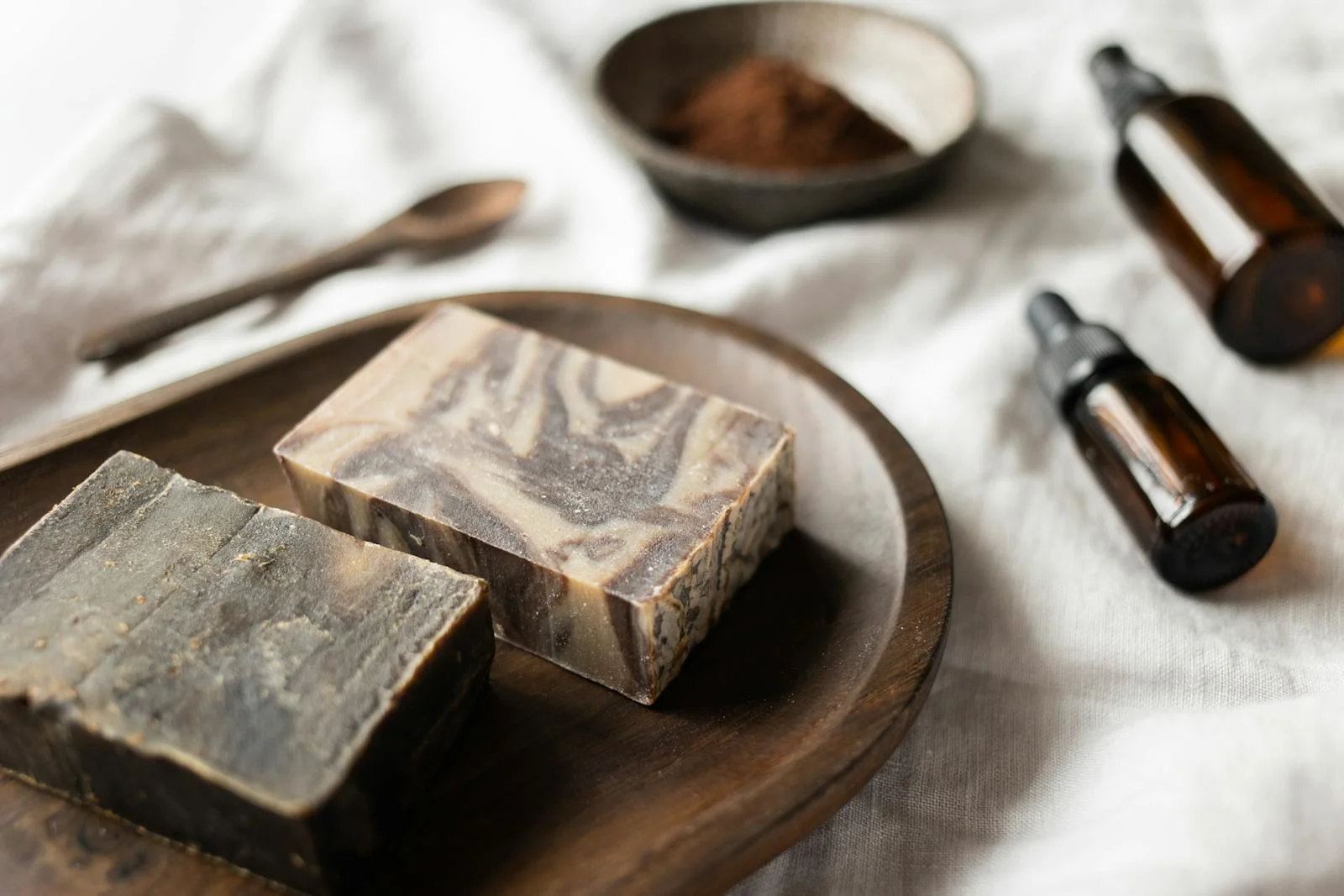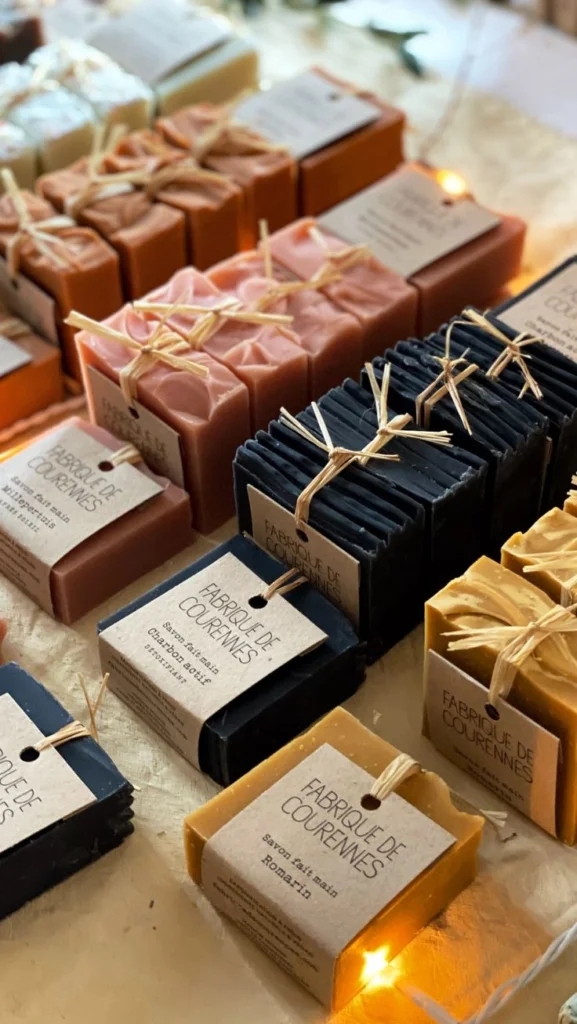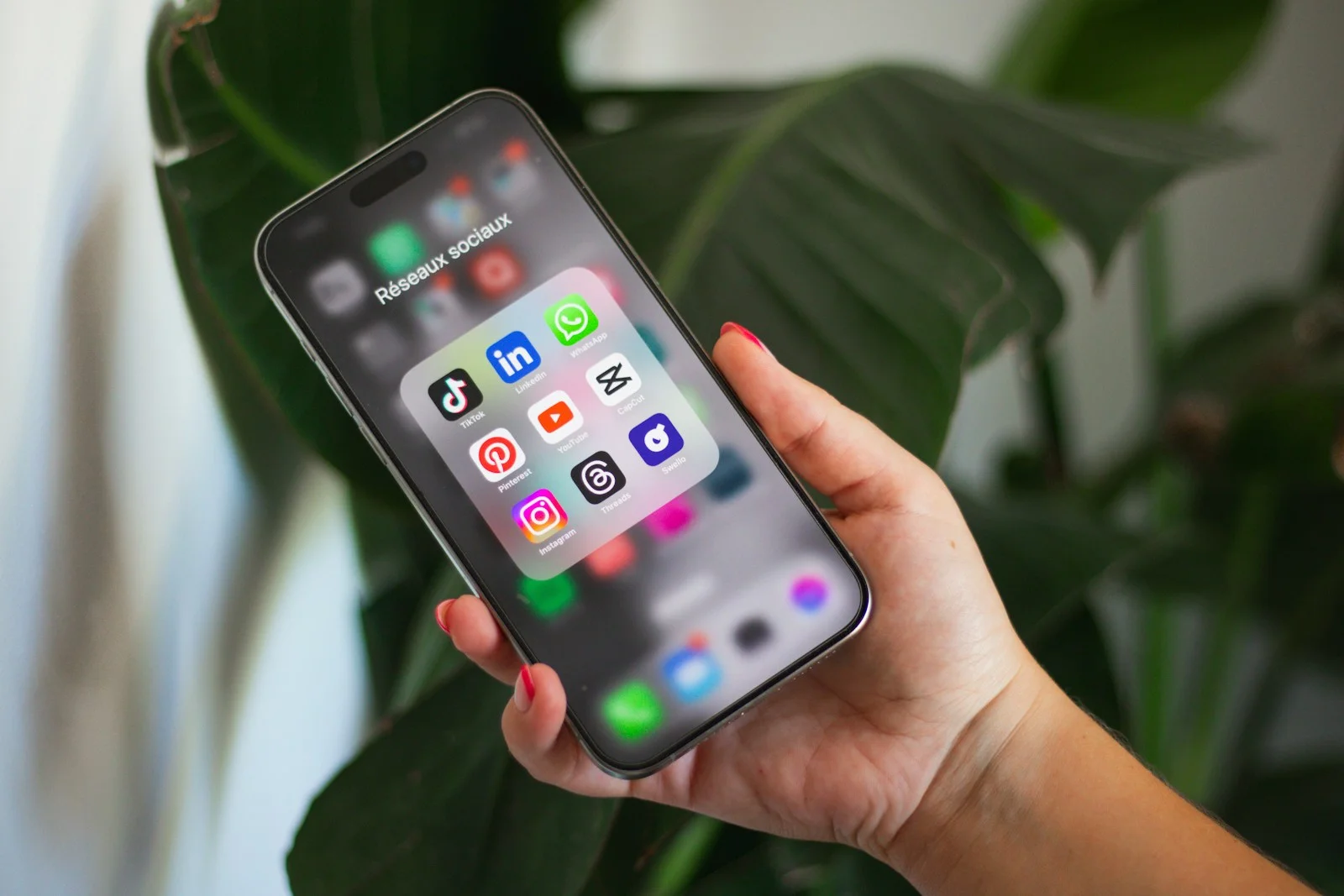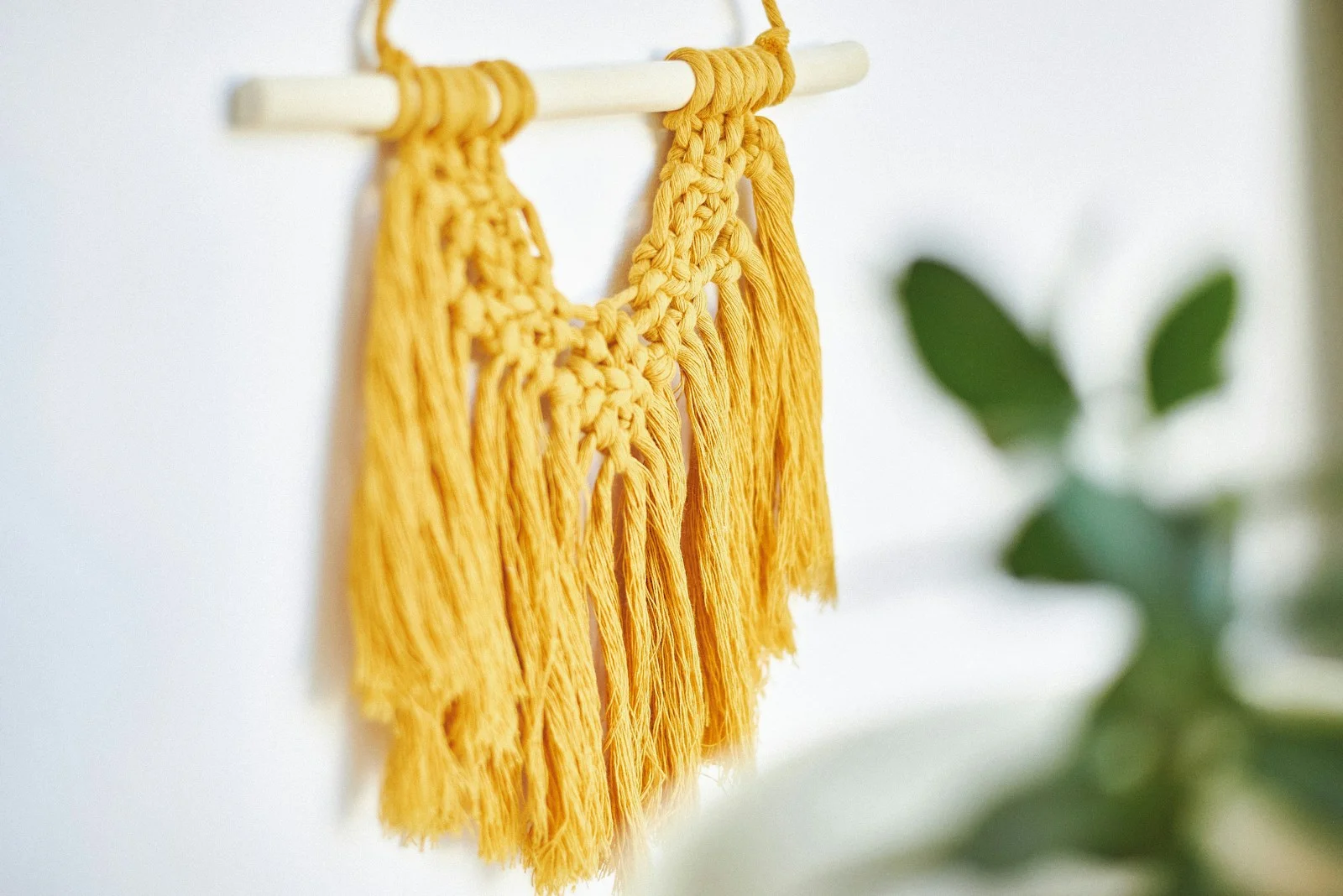
You’re probably thinking soap making sounds too simple to be profitable, but I can tell you that’s where most people get it wrong. The handmade soap market is exploding at 8% annual growth, and I’ve seen entrepreneurs turn $500 into six-figure businesses within two years. While big box stores flood shelves with chemical-loaded bars, savvy soap makers are commanding $8-$15 per bar with specialty formulations. Here’s what separates the profitable soap businesses from the hobby makers who barely break even.
Soap Business Market Overview
When you’re considering jumping into the soap making business, you need to understand that this market has exploded over the past decade, and I can tell you from watching countless entrepreneurs succeed and fail that timing has never been better.
The global soap market hit $20 billion in 2023, with handmade soaps capturing the fastest growth segment at 8% annually. I’ve never seen consumers more willing to pay premium prices for natural, organic products that promise luxury and wellness.
You’re entering a market where people gladly spend $12-25 per bar when you position your product correctly. Many successful soap entrepreneurs are now expanding their reach by launching e-commerce stores on platforms like Shopify and Etsy to tap into the global handmade products market.
Low Startup Costs Required
The best part about this booming market is you can start your soap making business for under $500, and I’ve watched people launch successful operations from their kitchen table with even less.
You’ll need basic ingredients like oils, lye, and fragrances, plus simple equipment like mixing bowls, a stick blender, and molds. I can tell you most beginners spend $200-300 on their first batch of supplies, which creates enough inventory to test recipes and start selling.
Compare that to traditional businesses requiring thousands in startup capital, and you’ll see why soap making attracts smart entrepreneurs. Similarly, candle making entrepreneurs can launch with basic supplies like wax, wicks, and fragrance oils for comparable startup costs.
What Can You Actually Earn?
How much money can you realistically make selling handmade soap? I can tell you from experience, the numbers vary wildly based on your approach. Premium artisan soaps command higher prices than basic bars, and your sales channels determine everything.
| Sales Method | Monthly Earnings |
|---|---|
| Farmers Markets | $500-$2,000 |
| Online Store | $1,000-$5,000 |
| Wholesale Orders | $2,000-$10,000 |
You’ll start small, maybe $200-$500 monthly, but I’ve never seen dedicated soap makers plateau there. Scale smart, focus on quality, and those numbers climb fast. The real money comes when you stop thinking small-batch and start thinking empire. Many soap entrepreneurs also explore dropshipping business models to expand their reach without managing physical inventory, creating additional revenue streams beyond traditional handmade sales.
Top-Selling Soap Niches Today

You’ll want to focus your soap-making efforts on the niches that’re actually moving off the shelves right now, and I can tell you from watching this market closely that certain types consistently outperform everything else.
The soap world has shifted dramatically toward premium, specialty bars that solve specific problems or offer unique benefits, which means you’ve got real opportunities if you target the right categories. I’ve never seen such strong demand for luxury activated charcoal soaps, natural oatmeal exfoliating bars, organic goat milk soaps, essential oil aromatherapy soaps, and hemp seed oil bars – these five niches are absolutely crushing it in today’s market. Just like how fermented foods transform gut health through beneficial bacteria, specialty soaps are transforming the skincare market by addressing specific wellness concerns that consumers prioritize today.
1. Luxury Activated Charcoal Soaps
Stepping into the luxury activated charcoal soap market can transform your soap-making hobby into a serious money-maker, and I can tell you from experience that customers absolutely love these dramatic black bars. You’ll command premium prices because people associate the deep black color with powerful detoxification benefits.
The striking black appearance screams luxury and sophistication. Customers believe charcoal draws out impurities and toxins. These photogenic bars generate massive social media buzz. You’ll easily charge $8-15 per bar.
2. Natural Oatmeal Exfoliating Bars
While charcoal soaps grab attention with their dramatic appearance, natural oatmeal exfoliating bars represent one of the most consistently profitable niches I’ve encountered in my soap-making journey. You’ll dominate this market because customers never stop buying gentle exfoliation.
I can tell you that oatmeal bars sell themselves – they’re perfect for sensitive skin, acne-prone faces, and daily body care. You’re looking at 300-400% profit margins when you source oats in bulk. I’ve never seen a soap maker struggle with oatmeal bar sales.
Mix ground oats with honey, lavender, or vanilla scents. These bars command premium prices year-round.
3. Organic Goat Milk Soaps
After testing dozens of soap formulations over the past five years, organic goat milk soaps have become my most reliable revenue generator, and I can tell you they consistently outsell every other specialty bar in my lineup. You’ll dominate this market because customers pay premium prices for goat milk’s skin-softening benefits.
Premium pricing commands $8-12 per bar versus $4-6 for regular soap. Luxury positioning attracts high-income customers who buy repeatedly. Gift market potential doubles your sales during holidays. Social media buzz creates organic marketing momentum.
I’ve never seen another soap type generate such consistent, profitable demand.
4. Essential Oil Aromatherapy Soaps
Beyond the goat milk market’s impressive returns, aromatherapy soaps featuring high-quality essential oils represent another powerhouse category that’ll transform your soap business into a profit machine. I can tell you, customers gladly pay premium prices for lavender stress-relief bars, energizing peppermint wake-up soaps, and eucalyptus respiratory blends.
You’re tapping into the $18 billion wellness market here, where people invest heavily in self-care products. I’ve never seen margins this healthy in traditional soap making. Focus on therapeutic benefits, use authentic essential oils, not fragrance oils, and you’ll command $8-15 per bar while your competitors struggle with $3 commodity pricing.
5. Hemp Seed Oil Bars
Every hemp seed oil bar you make today positions you at the forefront of one of soap making’s most explosive growth markets. I can tell you, this isn’t just another trend—it’s a complete shift in consumer demand.
Hemp seed oil delivers serious skin benefits that customers desperately want:
- Deep moisturizing power that penetrates without greasiness
- Natural anti-inflammatory properties for sensitive skin conditions
- Rich omega fatty acids that repair damaged skin barriers
- Non-comedogenic formula that won’t clog pores
I’ve never seen margins this strong in soap making. You’re capturing health-conscious consumers willing to pay premium prices for proven results.
6. Shea Butter Moisturizing Soaps
Shea butter moisturizing soaps represent the absolute gold standard in luxury soap making, and I can tell you from years of watching market trends—this niche consistently delivers the highest customer satisfaction rates I’ve ever witnessed. You’re looking at profit margins between 300-500% because customers willingly pay premium prices for shea butter’s unmatched moisturizing properties.
I’ve seen soap makers build six-figure businesses focusing solely on shea formulations. The secret? Raw, unrefined shea butter creates that creamy, conditioning lather customers crave. You’ll dominate markets like anti-aging, dry skin relief, and luxury bath products with this powerhouse ingredient driving your success.
7. Honey Antibacterial Cleansing Bars

While shea butter soaps dominate the luxury market, honey antibacterial cleansing bars represent the fastest-growing segment I’ve tracked in the past three years, and I can tell you the demand absolutely explodes during flu season and health-conscious buying cycles.
You’re positioning yourself in a goldmine when you master honey’s natural antibacterial properties. I’ve never seen customers respond faster to any ingredient.
Here’s your winning formula:
- Use raw, unprocessed honey for maximum potency
- Add tea tree oil for enhanced antimicrobial punch
- Market during September through March for peak sales
- Price 40% higher than regular bars
Smart soap makers are cleaning up with this powerhouse combination.
8. Dead Sea Salt Bars
From honey’s antibacterial magic, we move to another powerhouse ingredient that’s been quietly dominating soap sales across the country. Dead Sea salt bars aren’t just trendy—they’re profit goldmines.
I can tell you, customers absolutely devour these mineral-rich beauties because they deliver real results. The salt naturally exfoliates dead skin while depositing essential minerals like magnesium, potassium, and calcium.
You’ll charge premium prices, often $8-12 per bar, because people understand they’re getting therapeutic benefits. I’ve never seen soap fly off shelves faster than when customers experience that silky-smooth skin texture after just one use. Pure profit potential.
9. Turmeric Anti-Inflammatory Bars
Because turmeric contains curcumin—one of nature’s most potent anti-inflammatory compounds—these golden bars have become the secret weapon for soap makers targeting customers with sensitive, irritated, or problem skin. I can tell you that health-conscious consumers will pay premium prices for these therapeutic bars, especially when you market them correctly.
- Target eczema and acne sufferers who desperately need gentle, healing solutions
- Price 40% higher than regular bars due to turmeric’s medicinal reputation
- Partner with yoga studios and wellness centers for consistent bulk orders
- Emphasize the golden glow turmeric gives skin for anti-aging appeal
10. Collagen Anti-Aging Beauty Bars
Most soap makers don’t realize that collagen beauty bars represent the fastest-growing segment in premium skincare, with customers willing to pay $15-25 per bar for products that promise to restore their youthful appearance. I can tell you, these bars practically sell themselves when you position them correctly.
You’ll want to incorporate marine collagen peptides, vitamin C, and hyaluronic acid into your formulation. I’ve never seen customers respond so enthusiastically to any soap category. Target women aged 35-55 through social media marketing, emphasizing firming benefits and wrinkle reduction. Your profit margins will soar with this premium positioning strategy.
11. Coconut Oil Hydrating Bars
Coconut oil transforms ordinary soap into luxurious, moisturizing bars that customers can’t resist buying, and I’ve watched soap makers triple their sales once they master this simple ingredient. You’re sitting on a goldmine if you understand coconut oil’s profit potential.
Here’s what makes these bars unstoppable sellers:
- Deep moisturizing action that leaves skin silky smooth for hours
- Natural antibacterial properties that appeal to health-conscious buyers
- Rich, creamy lather that feels premium and commands higher prices
- Long shelf life that reduces inventory waste and maximizes profits
Coconut oil bars practically sell themselves.
12. Milk and Honey Bars
When luxury meets affordability, milk and honey bars emerge as the undisputed champions of the soap market, and I’ve never seen a product category with such consistent, explosive sales potential. You’re looking at profit margins that’ll make your head spin, typically 300-400% markup on ingredients costing under $2 per bar.
I can tell you from direct experience, customers literally grab these off shelves because milk softens skin while honey acts as a natural humectant. The golden color screams premium quality, you’ll command $8-12 per bar easily. This combination triggers immediate buying impulses, guaranteed sales momentum.
13. Coffee Scrub Exfoliating Bars
Coffee scrub bars consistently rank as the fastest-moving exfoliating soaps in today’s market, and I’ve watched soap makers triple their monthly revenue by adding just one coffee variety to their lineup. You’re tapping into a goldmine here.
Here’s your blueprint for coffee bar domination:
- Use fresh coffee grounds – spent grounds from local cafés work perfectly
- Add coconut oil base – creates rich lather customers crave
- Include vanilla fragrance – complements coffee’s natural aroma beautifully
- Price 40% higher – customers gladly pay premium for exfoliation
I can tell you, these bars practically sell themselves.
14. Tea Tree Acne Treatment Bars
Since acne affects nearly 85% of people at some point in their lives, tea tree acne treatment bars represent one of the most reliable profit centers I’ve encountered in soap making. You’ll command premium prices because desperate customers will pay whatever it takes for clear skin. I’ve never seen margins like these—$2 ingredients selling for $12-15 per bar.
The key is using 2-3% tea tree oil concentration, no higher or you’ll cause irritation. Add activated charcoal for visual appeal and bentonite clay for oil absorption.
Market to teenagers, young adults, and parents of acne sufferers for maximum sales volume.
15. Lavender Sleep-Inducing Bars
Millions of Americans struggle with sleep disorders, and lavender sleep-inducing bars tap into this massive, underserved market with incredible profit potential. You’re targeting stressed executives, overwhelmed parents, and anyone desperate for better rest. I can tell you, these customers pay premium prices without hesitation.
Your winning formula includes:
- Premium French lavender essential oil – customers smell quality instantly
- Chamomile and vanilla additions – creates deeper relaxation effects
- Luxury packaging with sleep benefits – justifies higher price points
- Evening routine marketing angle – builds consistent daily usage
I’ve never seen soap buyers more loyal than sleep-deprived customers finding relief.
16. Aloe Vera Healing Bars
When customers discover aloe vera healing bars that actually work, they become repeat buyers for life, and I can tell you from experience that this niche generates some of the highest customer retention rates in the soap industry.
You’ll target people with sensitive skin, eczema, sunburns, and minor cuts who desperately need gentle relief. I’ve never seen customers more loyal than those who find soap that actually heals their skin problems.
The key is using real aloe vera gel, not cheap substitutes. Price these bars 40% higher than regular soap because healing properties justify premium pricing.
17. Vitamin E Anti-Aging Bars
While aloe vera dominates the healing market, vitamin E anti-aging bars capture customers obsessed with wrinkles, age spots, and sagging skin who’ll pay top dollar for results they can actually see.
I can tell you these bars command premium prices because desperate buyers don’t hesitate when they believe you’ve got their fountain of youth. Here’s what makes them irresistible:
- Wrinkle reduction claims that target crow’s feet, laugh lines
- Age spot fading promises for hands, face
- Skin firming benefits for sagging necks, jawlines
- Antioxidant protection against future damage
I’ve never seen customers more willing to pay $12-15 per bar for anti-aging hope.
18. Cocoa Butter Dry Skin Bars
Cocoa butter dry skin bars blow past every other moisturizing soap because desperate customers with cracked, flaky skin will grab anything that promises real relief from their daily misery. I can tell you, these bars practically sell themselves when winter hits and everyone’s skin turns into sandpaper.
You’ll charge premium prices because cocoa butter costs more than regular oils, but customers don’t care when their hands are bleeding from dryness. I’ve never seen soap fly off shelves faster than during cold months.
Market these to construction workers, nurses, anyone whose hands take daily punishment.
19. Calendula Healing Sensitive Skin
Because calendula healing sensitive skin bars target the most desperate market segment in soap making, you’ll discover customers who’ve tried everything else and failed miserably with harsh commercial products. I can tell you, these buyers become your most loyal advocates once they experience relief.
Calendula bars are profitable powerhouses:
- Premium pricing justified – Customers gladly pay $8-12 per bar
- Repeat purchases guaranteed – They’ll reorder monthly without hesitation
- Word-of-mouth marketing – Satisfied customers refer friends with similar skin issues
- Low competition – Most soapmakers avoid this challenging niche
I’ve never seen faster customer loyalty than with calendula sensitive skin formulations.
20. Rosehip Anti-Wrinkle Bars
Moving from sensitive skin relief to age-defying formulations, rosehip anti-wrinkle bars represent another goldmine in today’s soap market. I can tell you, women over 35 will pay premium prices for handmade bars containing rosehip oil’s natural vitamin C and retinoids. You’ll dominate this niche by highlighting rosehip’s proven collagen-boosting properties. I’ve never seen customers hesitate when they understand these bars fight fine lines naturally.
Market these as “fountain of youth” soap, emphasizing the anti-aging benefits. Price them at $12-15 per bar, target mature women through Facebook ads, and watch your profits soar in this underserved market.
Choose Your Soap Recipe
When you’re standing in your kitchen ready to make your first batch of soap, the recipe you choose will determine everything from how easy the process goes to whether you’ll love your final bars. I can tell you from years of soap making, picking the wrong recipe kills motivation faster than anything else.
Master these four recipe selection principles:
- Start with proven beginner formulas using three oils maximum
- Choose recipes with detailed instructions, not vague measurements
- Pick formulations requiring common ingredients you’ll actually use again
- Select recipes matching your skill level, not your ambitions
Creating a detailed business plan helps structure your soap making venture and sets the path to becoming a successful business.
Smart Pricing Strategy Guidelines
After you’ve mastered your soap recipe and produced bars you’re genuinely proud of, the excitement of turning your hobby into income can push you toward pricing mistakes that’ll kill your business before it starts.
I can tell you from experience, underpricing destroys profit margins faster than anything else. Calculate your material costs, add labor at $15-20 per hour, then multiply by three for your retail price. A $2 bar should sell for $6 minimum. I’ve never seen successful soapmakers charging less than $4 per standard bar.
Premium ingredients justify premium prices—own that value, don’t apologize for it. Many soap makers who focus on organic materials like natural oils and sustainable ingredients find they can command higher prices as consumers increasingly prefer eco-friendly alternatives to conventional products.
Conclusion
You’ve got everything you need to launch your profitable soap business right now. I can tell you that waiting for the “perfect” moment means missing out on this booming market. Start with one premium niche, price your bars at $8-15, and you’ll see those 300-400% profit margins quickly. The handmade soap industry won’t slow down, but your competition will keep growing. Take action today—your soap empire starts with that first $500 investment.





Leave a Reply